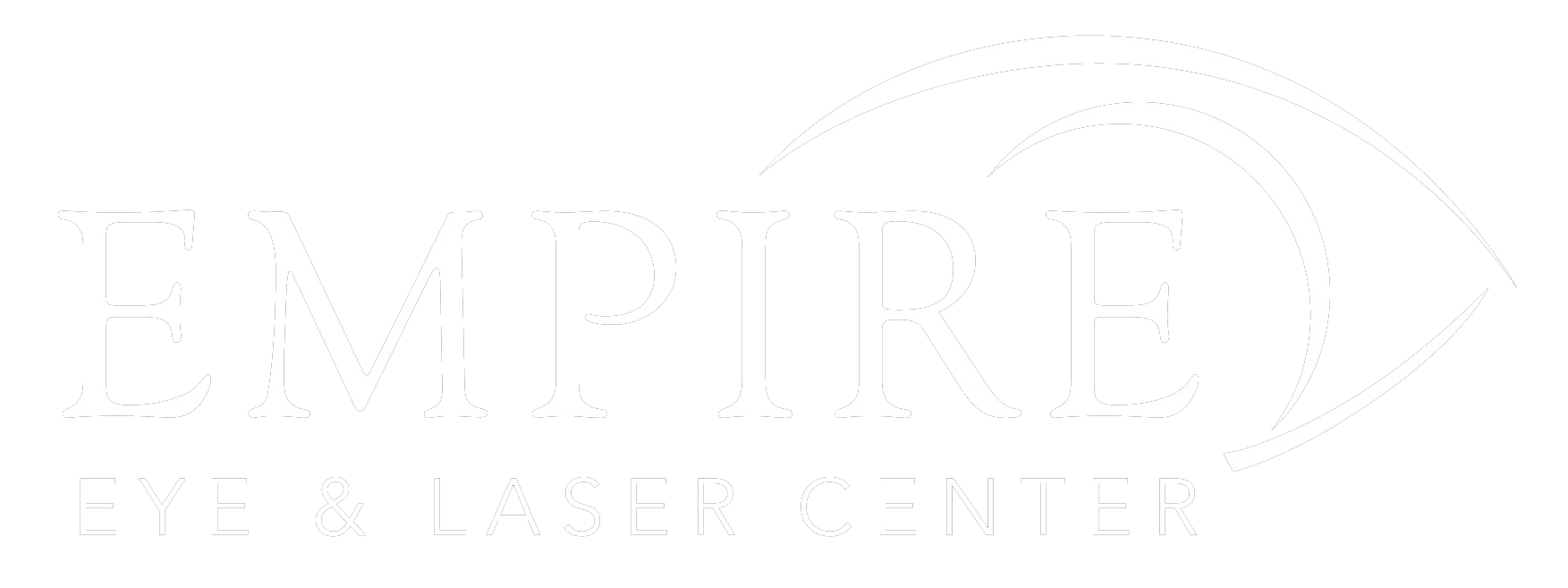If you’re contemplating cataract surgery or lensectomy, you now have better options than ever to reduce your need for glasses. While advanced aspheric and toric implants can provide exceptional uncorrected distance vision, they lack to ability to give you both distance and near vision without glasses. However, Range of Vision Intraocular Lens Implants (IOLs) can correct your eyes both for distance and for near vision!
What is Presbyopia?
A young, healthy eye has a lens that flexes, giving us the ability to “auto focus” on distance and near objects.
In the ideal case, no glasses are needed, and both distance and near objects are in focus. As the eye ages, the lens stiffens; so it loses its ability to change its focus. This “Dysfunctional Lens Syndrome” is manifested as people get into their 40’s; they begin to notice a change in their ability to see up close. Many people hold things further back to read. Alternatively, they require reading glasses, bifocal glasses, or must remove their glasses to see things at near. This condition is also called Presbyopia.
This is one of nature’s ways of (not so subtly) reminding us of the passage of time.
What are my options?
Fortunately, there are now options for countering the effects of Presbyopia. Since the development of Presbyopia is due to the aging process of the eye’s natural lens, a potential treatment for Presbyopia involves replacing the eye’s lens with an artificial intraocular lens implant (IOL) that can restore some of that focusing ability. Most commonly, the eye’s lens in replaced in a procedure called Cataract Surgery, but it is possible to replace that lens before the development of cataracts in a procedure called Lensectomy.
Traditionally, IOLs have been all single-focus “monofocal” implants. This means that after surgery, the eye can be set to focus permanently either at distance or at near–not both. Reading glasses or bifocal glasses are still required to give you a full range of vision. However, with the development of Range of Vision IOLs, there is now the option of seeing better at both distance and near without glasses. Compared to a conventional monofocal lens, a multifocal or accommodating lens expands your range of vision, so you can have good vision at all distances without glasses. In the simulated image below, notice how both implants provide good distance vision, but the Range of Vision implant on the right provides good distance and near vision without glasses.
Selecting the best intraocular lens implant for you can be a complicated choice. Not all implants perform the same, and not all eyes are candidates for Range of Vision IOLs. Dr. Daniel Chang, a sub-specialty trained Refractive Cataract Surgeon, has authored numerous scientific papers and textbook chapters on the subject of Range of Vision IOLs, and he can help you to navigate your sea of options to give you the best results possible.
If you’ve been told that you have cataracts, or if you think you may be a candidate for a Range of Vision Intraocular Lens Implant, come see how at Empire Eye and Laser Center, we provide “Quality worth Experiencing.”


